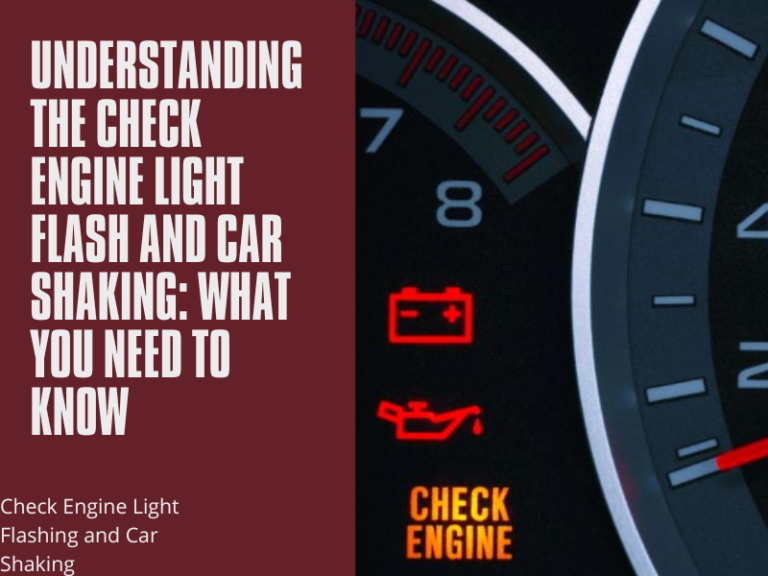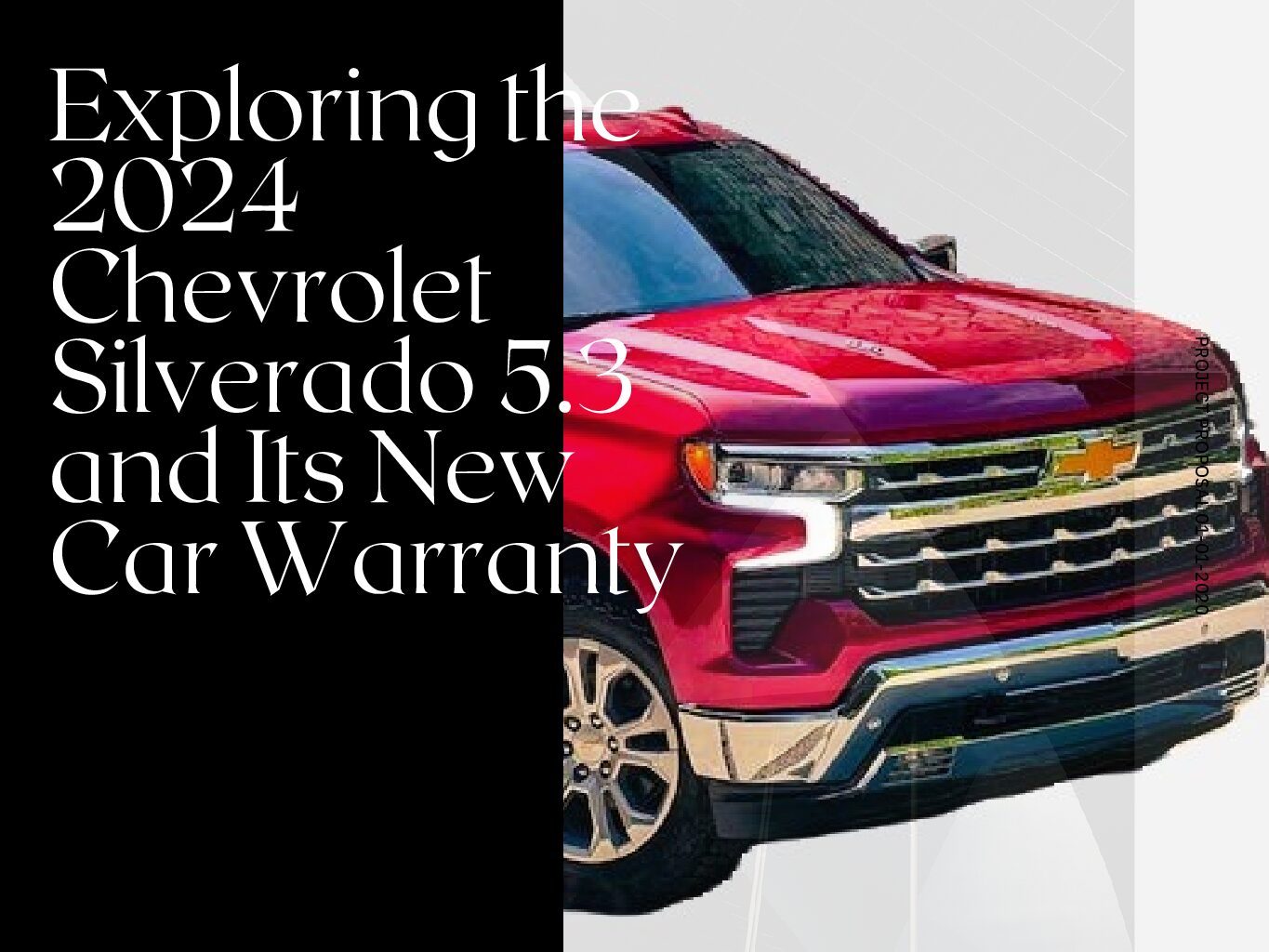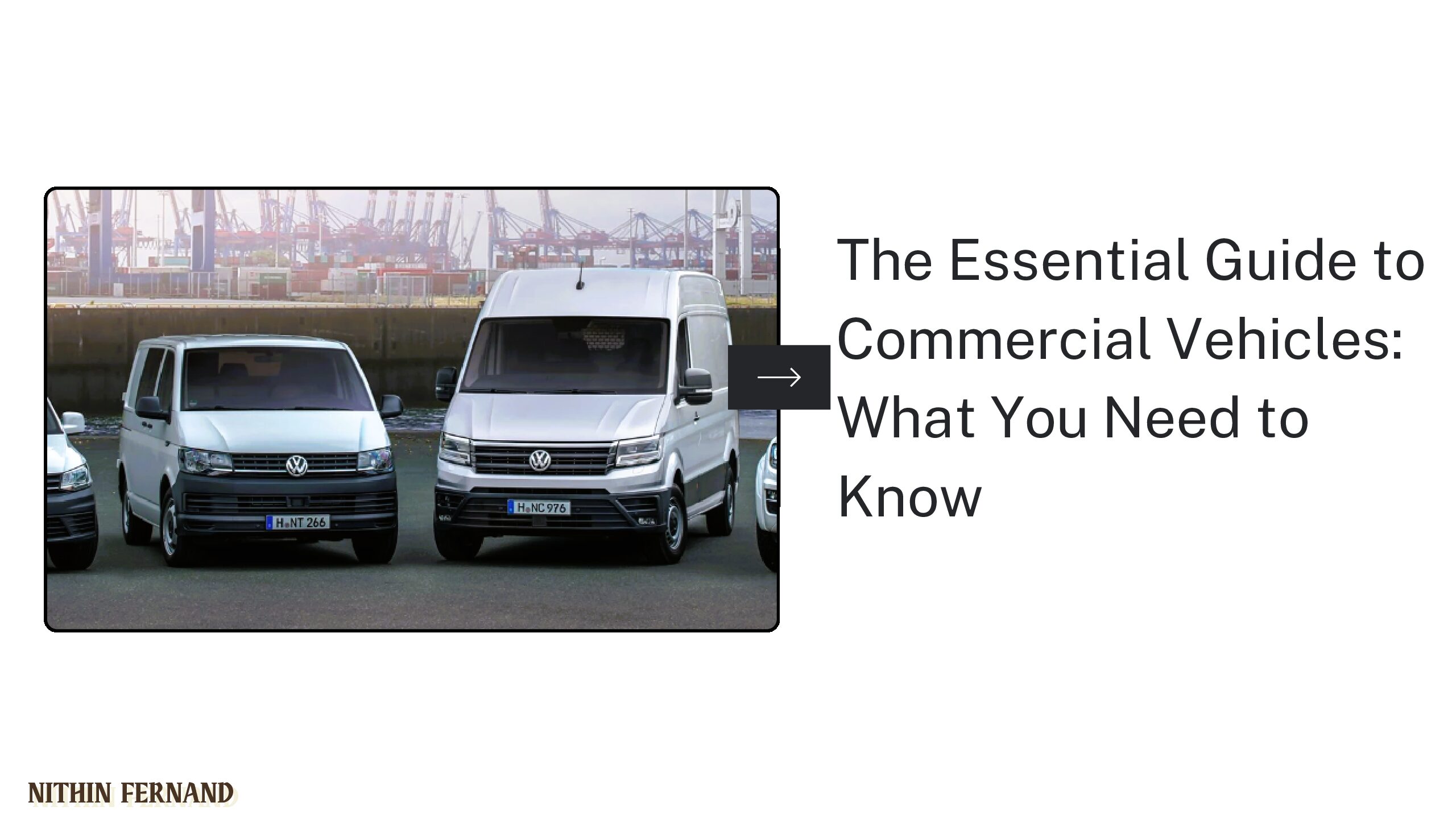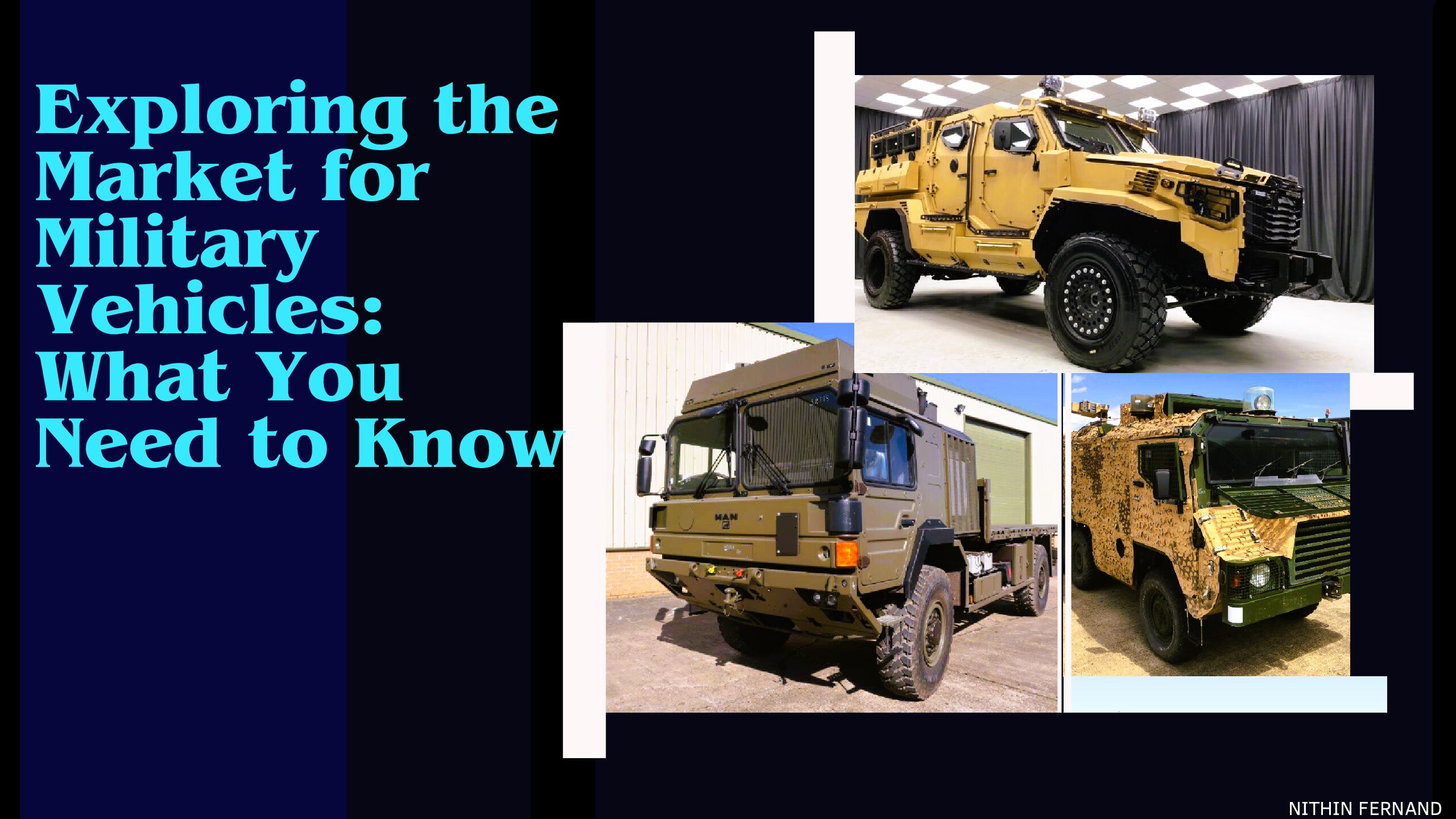Choosing the Right Volvo Redblock Engine for Your Car
When it comes to choosing an engine swap for your car, Volvo’s renowned Redblock engines are a popular choice among enthusiasts. Known for their durability, tunability, and iconic status in the car enthusiast community, these engines have powered many Volvo models from the late 1970s to the mid-1990s.
Choosing the right Volvo Redblock engine involves balancing your project goals with the features of each engine variant.
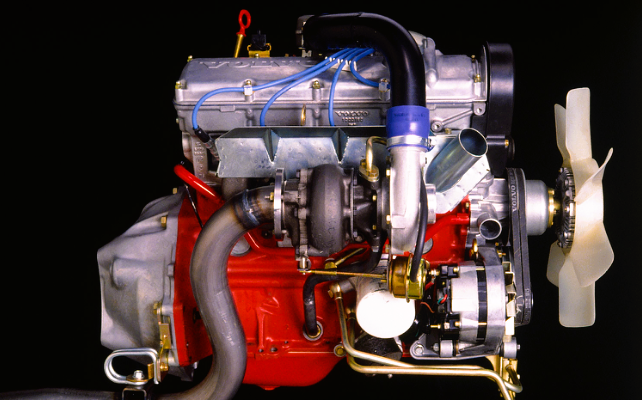
This article delves into which Volvo Redblock engine might be best suited for various car projects, considering performance, reliability, and ease of modification.
Table of Contents
Chapter 1: Understanding the Volvo Redblock Legacy
Before deciding which Redblock engine best suits your needs, it’s important to understand what makes these engines special. The Volvo Redblock gained its nickname due to its distinct red paint—though not all Redblocks were red. Officially known as the B21, B23, and B230 series of engines, these were produced between 1974 and 1998. Their robust cast-iron construction, overhead camshaft design, and inline-four configuration are hallmarks of reliability and accessibility.
Key Features:
Robust Design: Made primarily from cast iron, these engines are known for their durability and long service life.
Simple Architecture: Featuring a single overhead camshaft and inline-four configuration, they are relatively simple to work on.
Turbo Compatibility: Many Redblock engines can be turbocharged, offering significant performance potential.
Chapter 2: Overview of the Redblock Engine Types
The primary Redblock engines considered for car swaps include the B21, B23, and B230. Each has its own set of attributes and potential uses.
B21
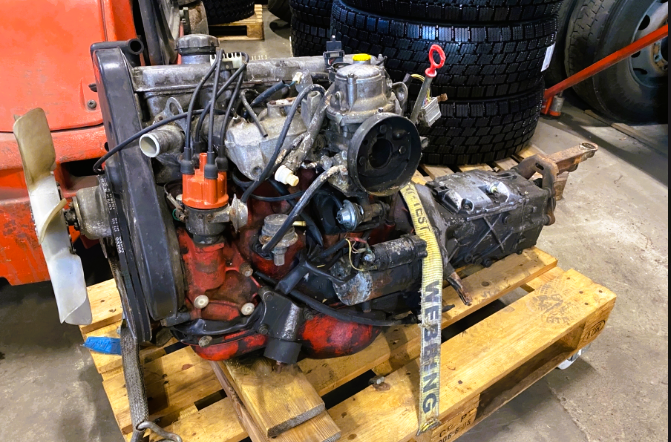
Production Years: 1975-1982
Characteristics: Originally featured in the Volvo 240 series, the B21 is a 2.1-liter engine known for its robustness. It was available in both carbureted and fuel-injected forms.
B23
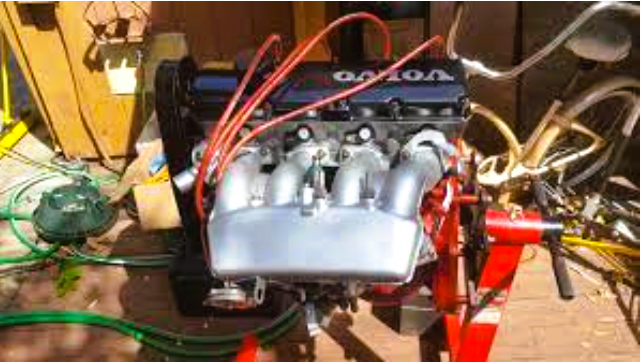
Production Years: 1983-1984
Characteristics: The B23 is a 2.3-liter version featuring a stronger bottom end than the B21. It is a good candidate for higher performance builds due to its lower rod ratio, allowing for better rev performance.
B230
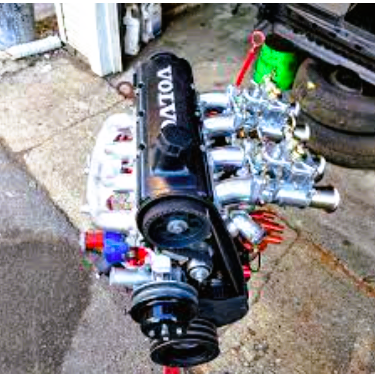
Production Years: 1985-1998
Characteristics: The most evolved of the Redblock series, the B230 comes with better internal balancing and is available in naturally aspirated and turbocharged versions. It offers the widest tuning options and aftermarket support.
Chapter 3: Choosing the Right Redblock for Your Build
The choice between these Redblock engines ultimately depends on your goals and the constraints of your project.
Budget Builds
For budget-conscious enthusiasts, the B230 from a junkyard or secondhand market is often the best choice. These engines, especially the non-turbo variants like the B230F, are abundant and relatively inexpensive.
Performance Builds
If your focus is performance, especially in terms of forced induction, the B230FT (turbocharged) is highly desirable. This engine features oil-cooled pistons, stronger rods in later versions, and better cranks compared to older models.
Reliability Focus
For those prioritizing reliability over outright performance, the B230F is a solid choice due to its naturally aspirated configuration and simplicity. It’s ideal for daily drivers or vintage restorations.
Chapter 4: Implementation Considerations
When planning a Redblock swap, it’s crucial to consider vehicle compatibility, required modifications, and additional components.
Vehicle Compatibility
Redblock engines were historically used in rear-wheel-drive Volvo platforms. Matching the engine to a car with similar drivetrain constraints simplifies the swap. Ensure there is enough clearance in the engine bay and that mounts can be fabricated or sourced.
Required Modifications
An engine swap is rarely a plug-and-play project. Depending on your car, you may need custom mounts, a new driveshaft, and potentially a modified transmission bell housing. Upgrading the cooling system is also advisable.
Additional Components
Consider the accessories needed for your build, including:
ECU and Wiring Harness: For modern fuel injection management, a standalone ECU might be necessary.
Transmission: If the engine comes without one, sourcing a compatible manual gearbox can significantly enhance the driving experience.
Chapter 5: Potential Challenges and Solutions
While the Redblock is a fantastic platform, it does come with its challenges. Common obstacles include:
Electronic Fuel Injection (EFI) Issues: If you’re swapping into a car with different EFI standards, getting the fuel system to talk to the engine can be complex.
Engine Management: Adapting the car’s existing electronics to work with the Redblock’s ECU or vice versa is often intricate.
Parts Availability: While many parts are still available for these engines, specific components, especially model-dependent ones, can be hard to find.
Practical Solutions
Aftermarket Support: Leverage the established aftermarket community for parts like turbo kits, performance
Conclusion
Choosing the right Volvo Redblock engine involves balancing your project goals with the features of each engine variant. Whether you prioritize affordability with the B230F, seek performance with the turbocharged B230FT, or value the classic robustness of the B21 or B23, each option offers unique benefits. Successful integration requires consideration of vehicle compatibility, necessary modifications, and electronic management. With thoughtful planning and leveraging the Volvo enthusiast community, a Redblock swap can deliver impressive performance and reliability, enhancing your automotive experience.
1. Which Volvo models originally used Redblock engines?
Redblock engines were commonly used in Volvo models such as the 240, 740, 760, and 940. These engines powered a variety of configurations within these vehicle lines.
2. Are Redblock engines good for daily driving?
Yes, Redblock engines like the B230F are known for their reliability and simplicity, making them excellent choices for daily driving in vintage or lightly modified states.
3. Is it possible to turbocharge a non-turbo Redblock engine?
Yes, many enthusiasts have successfully turbocharged non-turbo Redblock engines, although it requires careful tuning and additional modifications like stronger internals and upgraded cooling systems.
4. How available are parts for Redblock engines?
While many parts are still available thanks to a strong enthusiast community and aftermarket support, some specific components, especially those for older models, may be harder to find.
5. What is the typical power output of a Redblock engine?
Stock power outputs vary depending on the model:
1.Naturally aspirated versions like the B230F typically produce around 114-116 horsepower.
2.Turbocharged versions like the B230FT can produce between 160-180 horsepower, with potential for much more with modifications.
6. Why are Redblock engines popular among car enthusiasts?
1. Redblock engines are celebrated for their ruggedness, ease of modification, and a nostalgic connection to Volvo’s engineering legacy.
2.This makes them an attractive option for restorations, engine swaps, and performance enhancements.
This FAQ addresses common questions to guide you in selecting the right Redblock engine for your automotive projects. Whether you’re seeking reliability or performance, the Redblock family offers a range of options to suit different needs.



